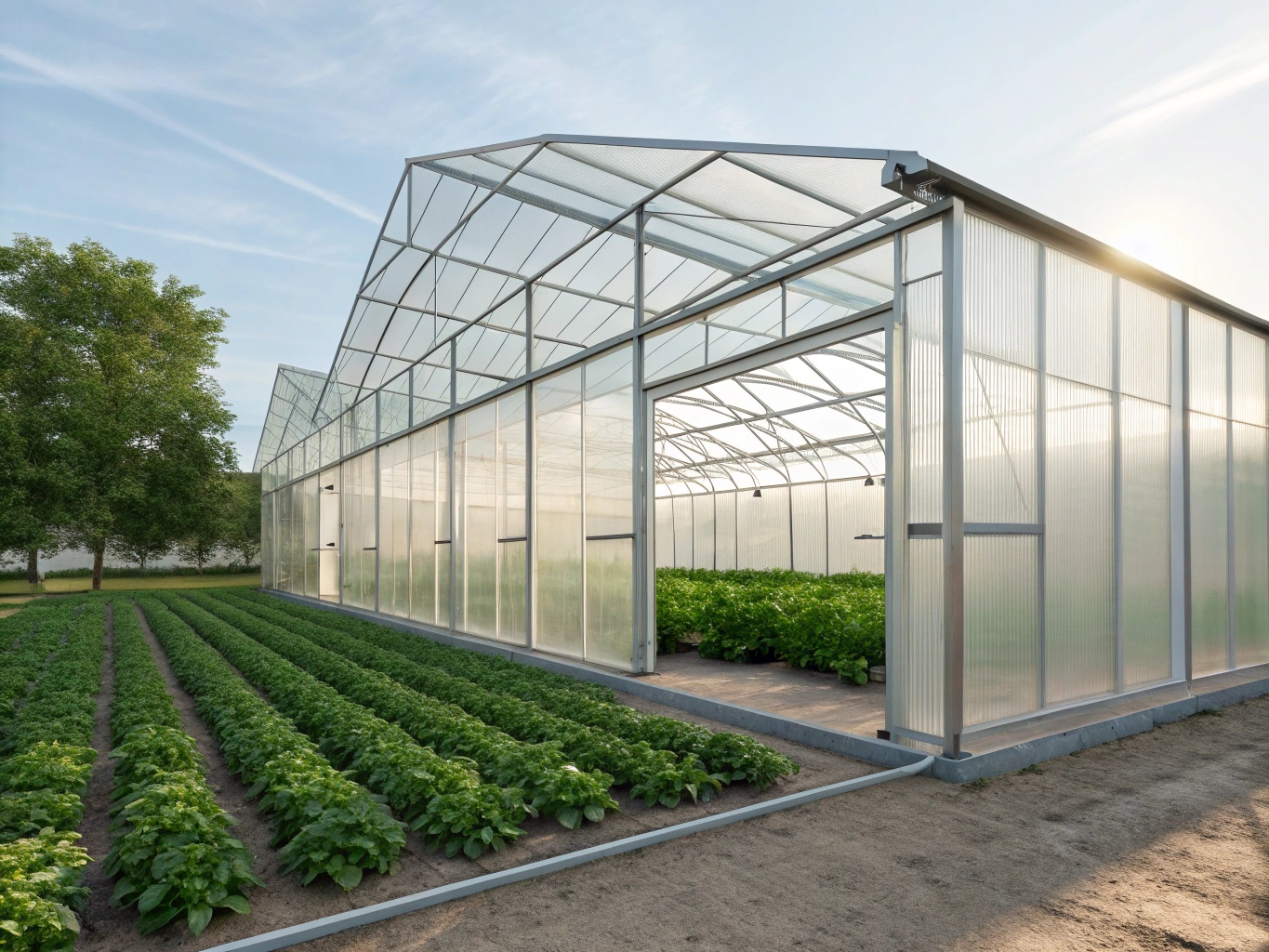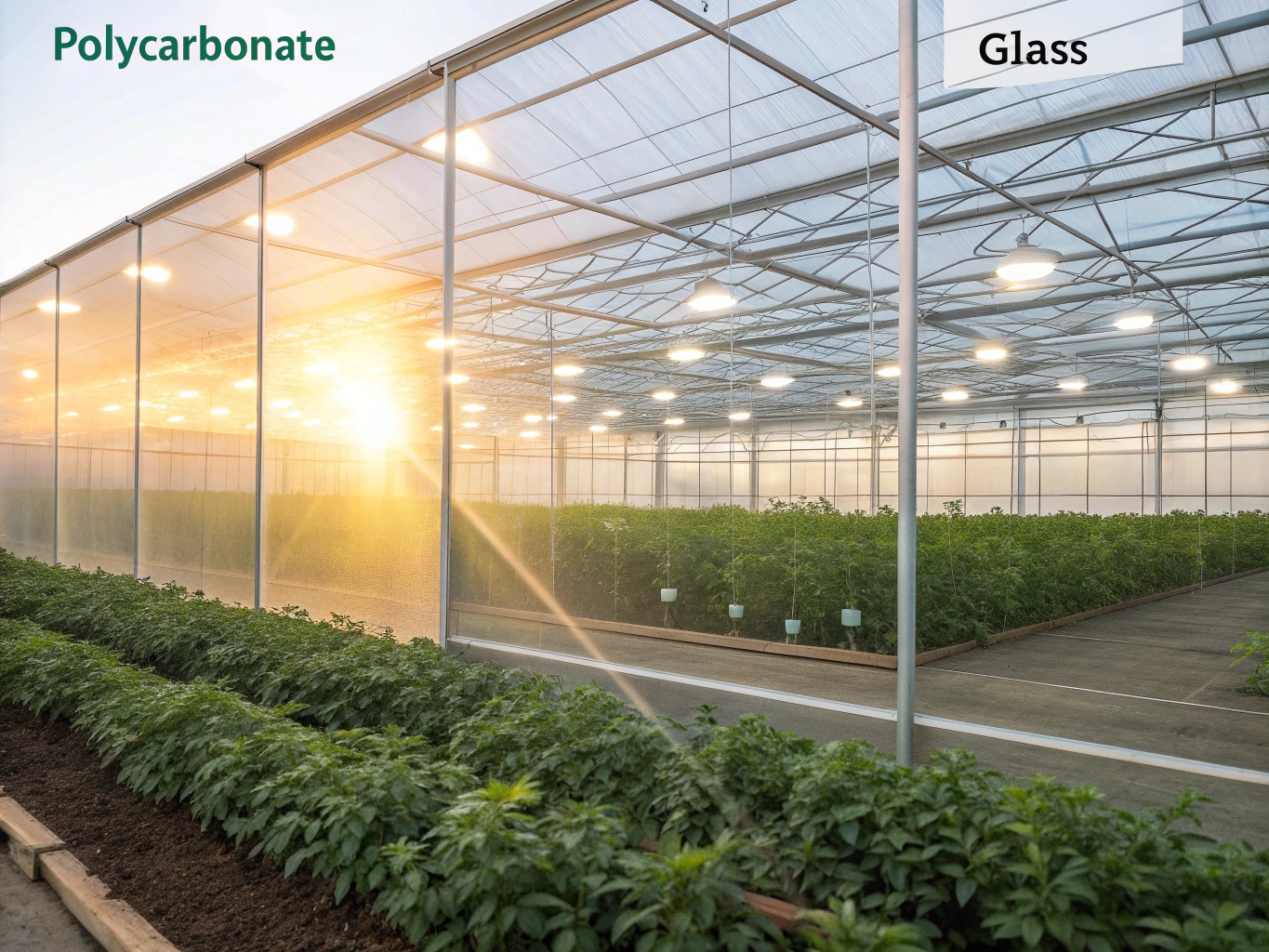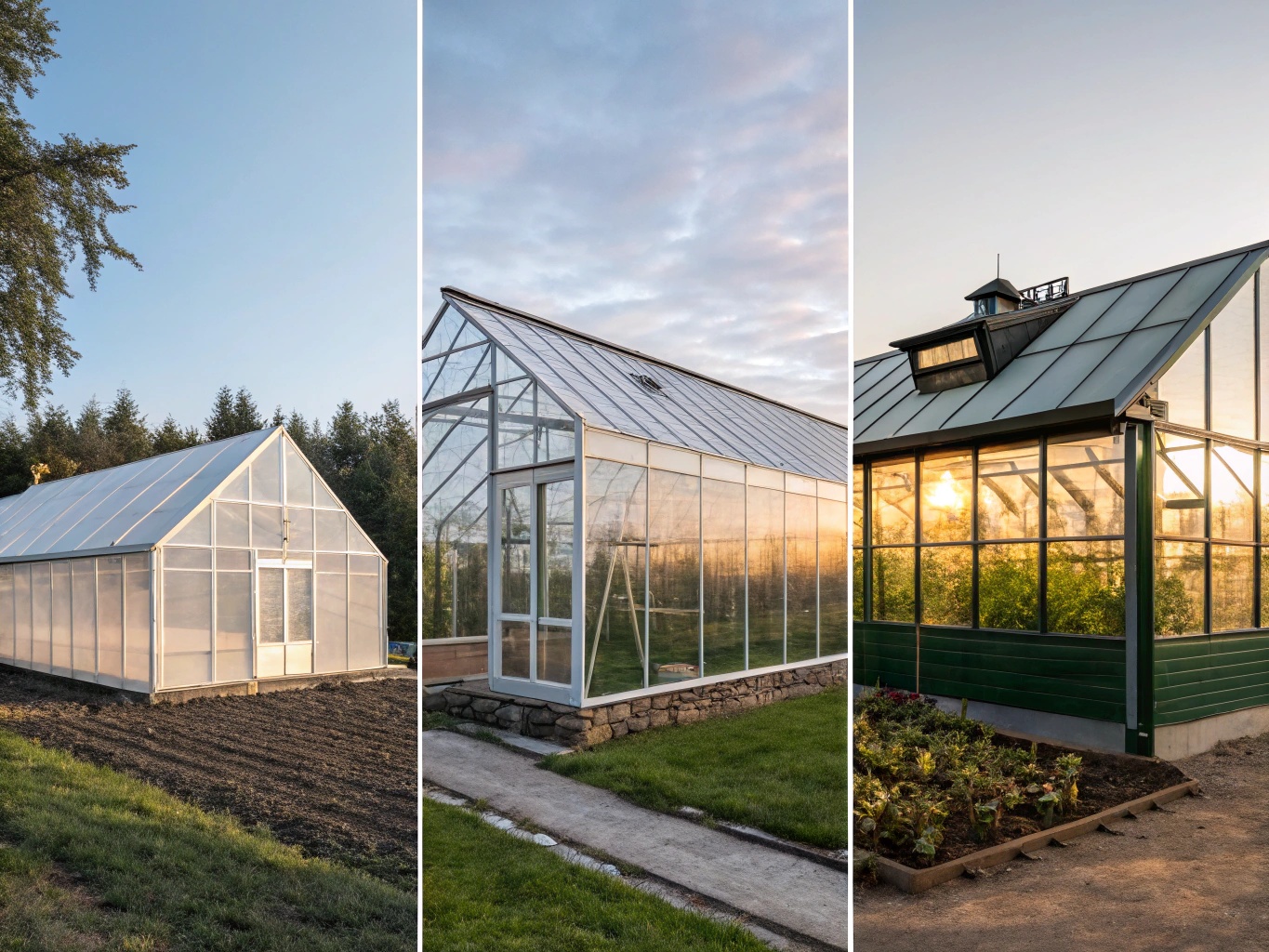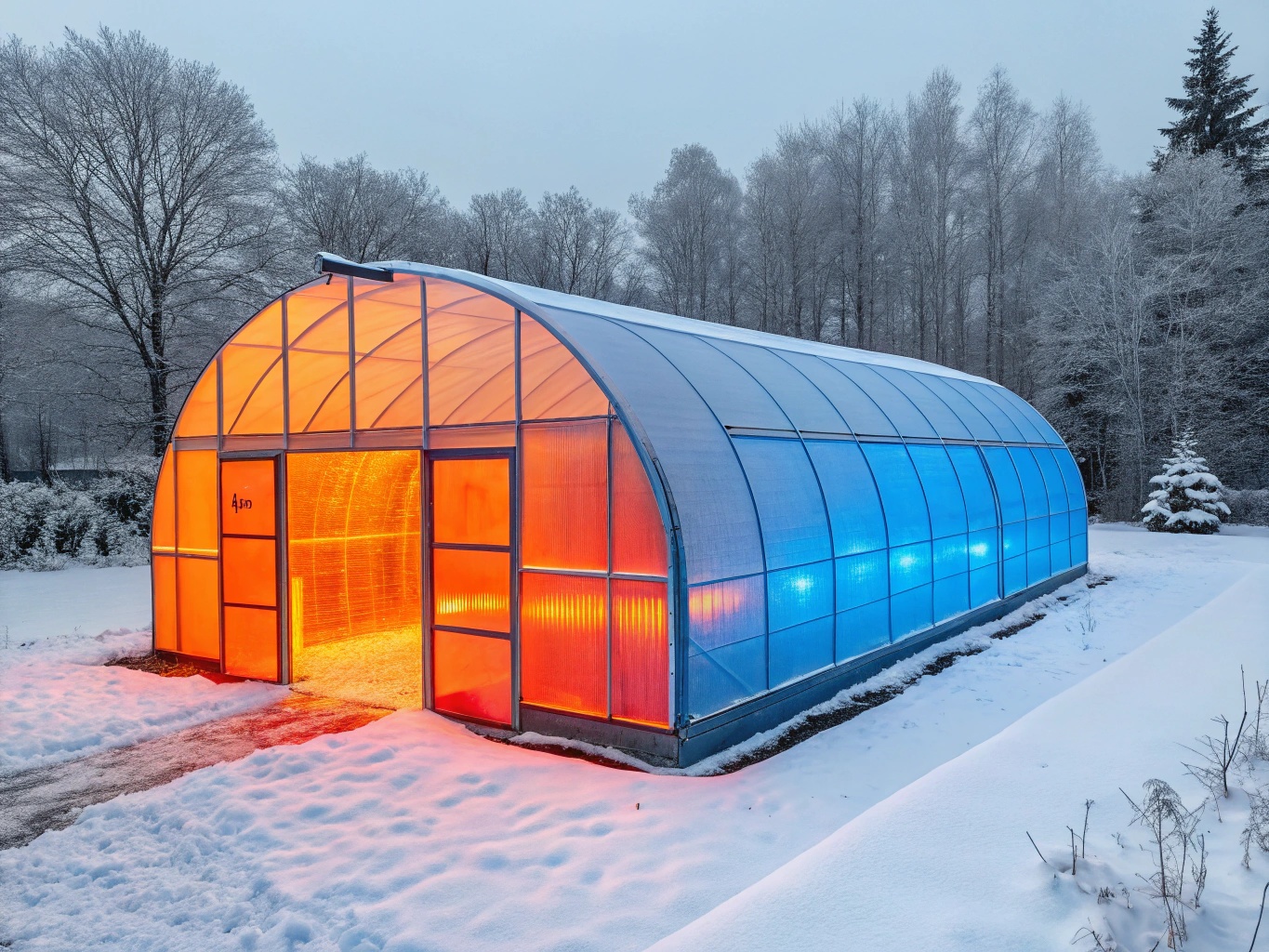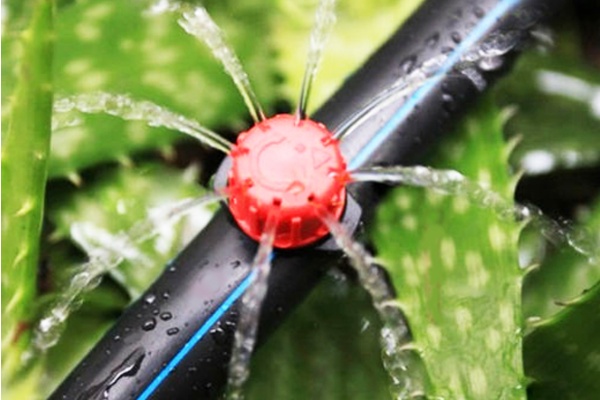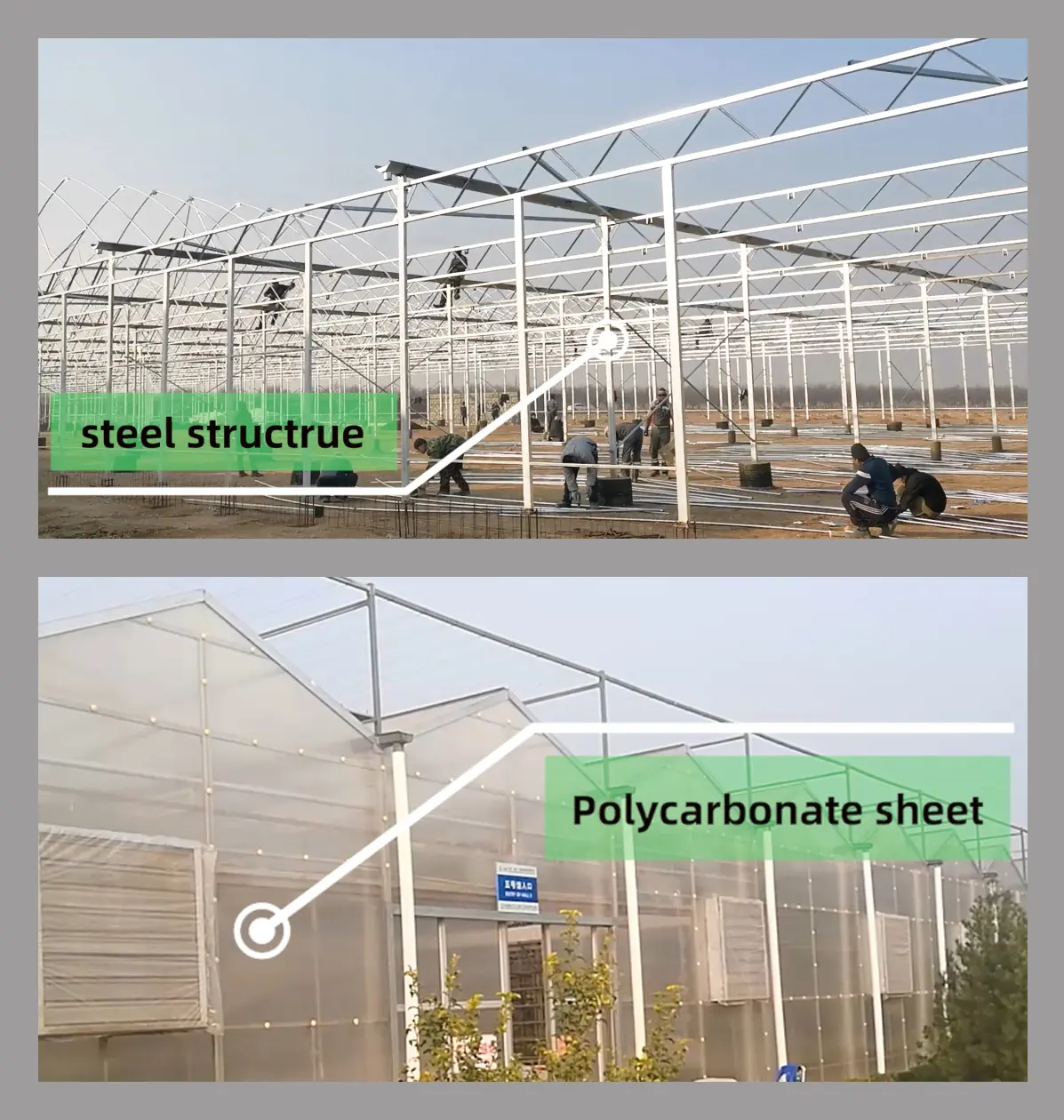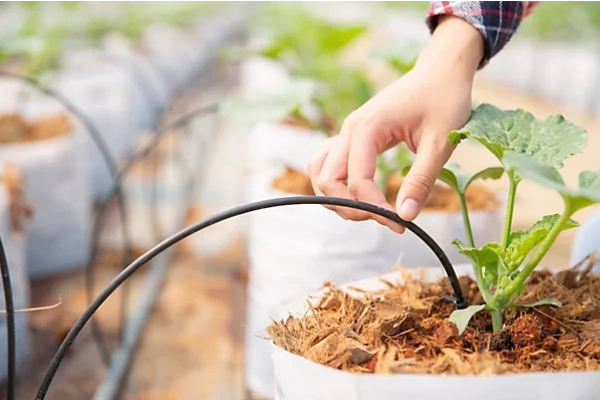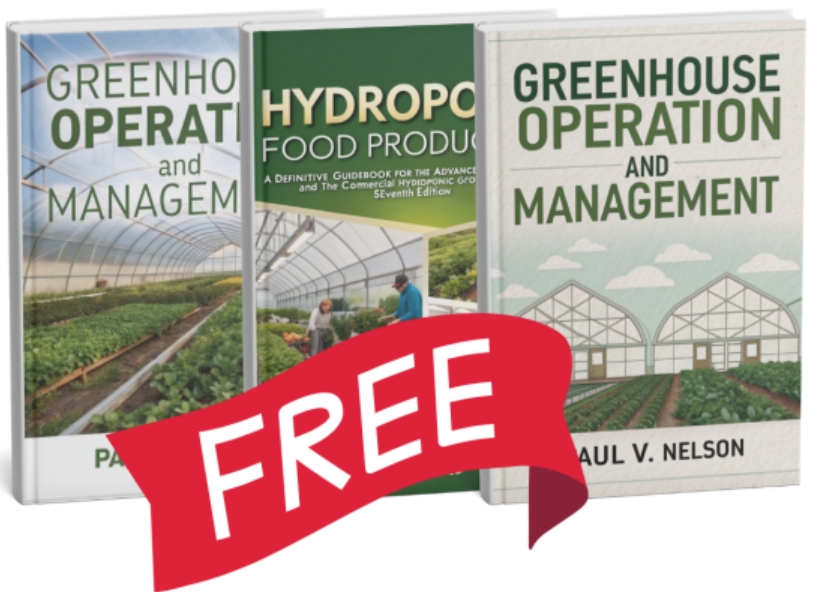Are you tired of seeing your plants wither when temperatures drop? Traditional gardening methods leave crops vulnerable to weather extremes, pests, and seasonal limitations. Without proper protection, your growing season remains frustratingly short, and your plant varieties severely limited.
Polycarbonate greenhouses provide an optimal growing environment through lightweight, highly insulating panels that diffuse light evenly to plants while withstanding extreme weather. These structures combine the durability of rigid materials with superior thermal efficiency, making them ideal for year-round cultivation in challenging climates.
After 28 years at CFGET designing and installing greenhouse systems across diverse climates, I’ve witnessed the remarkable evolution of polycarbonate greenhouse technology. The material’s unique properties have revolutionized how we approach controlled environment agriculture, especially in regions with extreme weather conditions where traditional options struggle to perform.
Defining the Material: Understanding Polycarbonate Panels?
Many growers make costly mistakes selecting greenhouse coverings without understanding the material science behind their options. I’ve consulted with numerous clients who invested in inappropriate structures for their climate, resulting in crop losses, excessive energy bills, and premature deterioration of their growing facilities.
Polycarbonate greenhouse panels consist of thermoplastic polymer sheets with cellular channels that trap air for insulation. Available in single, twin, triple, and even five-wall configurations, these panels combine high impact resistance (200 times stronger than glass) with excellent thermal efficiency (R-values from 1.54 to 4.0) and 80-90% light transmission.
I recall visiting a mountain region farm that had suffered three successive seasons of glass panel breakage due to heavy snow loads. After switching to 8mm twin-wall polycarbonate, they not only eliminated breakage issues but also reduced heating costs by nearly 35% while maintaining excellent growing conditions.
Polycarbonate panels represent a significant advancement in greenhouse technology, offering a unique combination of properties that make them particularly valuable for specific growing environments and applications. Understanding the structure and variations of this material is essential for making informed decisions about greenhouse construction.
Technical Properties of Polycarbonate Greenhouse Panels
Polycarbonate greenhouse panels are distinguished by their internal structure, which features hollow channels running the length of the sheet. This design, often called "cellular" or "channeled" construction, creates air pockets that provide exceptional insulation properties. The material’s molecular structure also contributes to its remarkable combination of strength and flexibility.
| Panel Type | Thickness | R-Value | Light Transmission | Impact Resistance | Relative Cost |
|---|---|---|---|---|---|
| Single-wall | 2-3mm | 0.83 | 90-92% | High | $ |
| Twin-wall | 4-8mm | 1.54-1.89 | 80-85% | Very High | $$ |
| Triple-wall | 8-16mm | 2.0-2.5 | 74-82% | Extremely High | $$$ |
| Five-wall | 16-25mm | 3.0-4.0 | 65-75% | Extremely High | $$$$ |
The UV protection layer applied to quality polycarbonate panels is crucial for longevity. This co-extruded coating prevents ultraviolet radiation from breaking down the polymer structure, which would otherwise lead to yellowing, brittleness, and reduced light transmission over time. Premium panels from reputable manufacturers typically guarantee this UV protection for 10-15 years.
One often overlooked aspect of polycarbonate is its expansion and contraction characteristics. The material responds to temperature changes more dramatically than glass, expanding and contracting by approximately 3mm per meter over a 60°C temperature change. This requires specialized installation techniques with proper allowances for movement to prevent buckling, popping out of frames, or stress cracking at fastening points.
When I worked with a research facility in Central Asia, we specifically selected 16mm triple-wall polycarbonate for their extreme climate conditions where temperatures regularly swung from -30°C in winter to 40°C in summer. The combination of high R-value and proper installation with thermal break aluminum framing allowed them to maintain research-precise growing conditions year-round with minimal energy input.
Key Features: Strength, Insulation, and Light Diffusion Explained?
Choosing greenhouse materials without understanding performance characteristics leads to frustrating compromises. Many growers struggle with structures that either provide good insulation but poor light, excellent clarity but weak insulation, or adequate performance but constant maintenance requirements.
Polycarbonate’s key features include exceptional impact resistance (withstanding hail and snow loads up to 1.5 kPa), superior thermal insulation (R-values 2-4 times higher than glass), and beneficial light diffusion (spreading photons evenly throughout plant canopy), creating ideal growing conditions while requiring minimal maintenance.
Last year, I consulted for a commercial lettuce grower who switched from glass to diffused polycarbonate panels. The even light distribution eliminated hot spots and shadow zones in their growing area, resulting in more consistent crop development and a remarkable 22% increase in overall yield with the same inputs.
The unique combination of strength, insulation, and light management capabilities makes polycarbonate an exceptional greenhouse covering material for many applications. These properties work synergistically to create growing environments that can be precisely tailored to specific crop requirements and climate challenges.
Performance Analysis of Key Polycarbonate Properties
The strength characteristics of polycarbonate extend beyond simple impact resistance. Unlike glass, which fractures catastrophically, polycarbonate can flex under load and return to its original shape without damage. This property, known as high elastic deformation, allows these panels to withstand substantial snow loads and wind pressure that would shatter glass or tear plastic films.
In terms of insulation performance, the cellular structure creates what engineers call "dead air spaces" – trapped pockets of air that minimize convection and reduce heat transfer. This design principle is similar to double-glazed windows but multiplied across multiple channels. The effectiveness of this insulation is directly proportional to the number of walls and the overall thickness of the panel.
Modern advancements in polycarbonate manufacturing have also introduced specialized infrared-blocking formulations. These panels contain additives that selectively block long-wave infrared radiation (heat energy) from escaping the greenhouse at night while still allowing the full spectrum of growing light to enter during the day. This selective transmission property creates what commercial growers call the "enhanced greenhouse effect," significantly improving night temperature retention.
The light diffusion characteristics deserve special attention as this represents a significant advantage over other materials. While clear glass transmits light directly, creating harsh shadows and potential leaf burn, polycarbonate scatters light particles as they pass through the material. This diffusion effect eliminates sharp shadows and distributes photosynthetically active radiation (PAR) more uniformly throughout the plant canopy.
One commercial tomato operation I worked with in Northern Europe conducted side-by-side trials with identical growing systems under different covering materials. Their data showed that plants under diffused polycarbonate panels received more consistent PAR levels at all canopy heights compared to glass sections, resulting in better middle and lower fruit development and overall yield increases of 12-15% for the same input costs.
How Polycarbonate Differs from Glass & Plastic Film Greenhouses?
Making the wrong covering choice for your climate and growing needs leads to ongoing frustration and unnecessary expense. I’ve encountered many operations struggling with inappropriate structures—glass greenhouses with crushing heating bills in cold regions or plastic films requiring constant replacement in harsh weather areas.
Polycarbonate greenhouses differ significantly from glass alternatives through better insulation (R-1.54 to R-4.0 versus glass at R-0.9), greater impact resistance (virtually unbreakable versus fragile), and lower weight (about 1/6 the weight of glass). Compared to plastic film, polycarbonate offers vastly superior durability (10-15+ years versus 3-4 years), better insulation, and no need for frequent replacement.
A client in Eastern Europe originally installed a commercial glass greenhouse, but after experiencing severe hail damage twice in three years and struggling with heating costs, they transitioned to twin-wall polycarbonate. Their insurance premiums dropped by 40%, heating costs decreased by 38%, and they’ve experienced zero weather-related structural damage in the seven years since installation.
Each greenhouse covering material presents distinct advantages and limitations when compared objectively. Understanding these differences is crucial for selecting the appropriate option for your specific situation, as no single material is universally superior for all applications.
Comparative Material Analysis
When examining the material properties of these three common greenhouse coverings, several critical performance factors emerge that directly impact growing success and operational costs:
| Feature | Polycarbonate | Glass | Plastic Film |
|---|---|---|---|
| Initial Cost | Moderate-High | High | Low |
| Lifespan | 10-15+ years | 25+ years | 3-4 years |
| R-value | 1.54-4.0 | 0.9-1.0 (single) | 0.83-1.1 |
| Light Transmission | 80-90% (new) | 90-92% | 80-90% |
| UV Stability | Good (with coating) | Excellent | Poor-Moderate |
| Impact Resistance | Excellent | Poor | Good (flexible) |
| Maintenance | Low | Moderate | High (replacement) |
| Weight | Light (1.5kg/m²) | Heavy (9-10kg/m²) | Very Light (0.1kg/m²) |
| Long-term Value | High | Moderate-High | Low |
The structural requirements for supporting these different materials also vary significantly. Glass requires robust, closely spaced framing to support its weight and provide adequate edge support. Polycarbonate needs fewer structural supports and accommodates thermal expansion, while plastic films demand sophisticated tensioning systems to prevent sagging and wind damage.
Light quality differences are also notable. Glass provides the clearest, most natural light spectrum with minimal wavelength alterations. Polycarbonate slightly filters certain wavelengths, particularly in the UV spectrum, which can actually benefit some crops by reducing sunburn while potentially extending flowering times. Plastic films vary widely in their spectral transmission properties, with advanced formulations offering specific light-modifying capabilities.
I worked with a research institution that conducted controlled experiments measuring growth rates of identical lettuce varieties under different covering materials with equal PAR (Photosynthetically Active Radiation) levels. They found that while overall growth rates were comparable, plants under polycarbonate exhibited slightly different morphology – typically slightly taller with fractionally larger leaf surface area – compared to those under glass. These subtle differences highlight how covering materials can influence not just climate control but also specific plant responses.
Why Growers Choose Polycarbonate: Core Benefits Unpacked?
Greenhouse covering decisions significantly impact both upfront costs and long-term operational expenses. The wrong choice leads to excessive heating bills, frequent repairs, or suboptimal growing conditions that reduce crop yields and quality. Many growers face these ongoing challenges because they didn’t fully evaluate material benefits beyond initial price.
Growers choose polycarbonate greenhouses primarily for their exceptional insulation (reducing heating costs 30-40% versus glass), outstanding durability against weather extremes (withstanding hail, snow, and high winds), excellent light diffusion (creating even growing conditions), and long-term value (15+ year lifespan with minimal maintenance).
During a particularly harsh winter in Northern China, I visited a client who had invested in triple-wall polycarbonate panels despite their higher initial cost. While neighboring operations struggled with heating systems running at maximum capacity, his facility maintained ideal temperatures with minimal supplemental heat. The projected payback period for the premium panels was just 2.7 years based on energy savings alone.
The decision to select polycarbonate as a greenhouse covering material often represents a calculated investment in long-term operational efficiency and reduced maintenance requirements. The initial higher cost compared to some alternatives is frequently offset by substantial benefits over the structure’s operational lifetime.
Economic and Practical Benefits Analysis
The economic case for polycarbonate becomes particularly compelling when analyzing total cost of ownership rather than focusing solely on initial installation expenses. For commercial operations, the following factors contribute significantly to the financial equation:
Energy efficiency creates substantial operational savings in heating-dominated climates. A commercial greenhouse operation typically spends 60-80% of its energy budget on heating. With polycarbonate’s superior insulation reducing this expense by 30-40% compared to single glass, the financial impact is immediate and compounds annually. For a 1,000 square meter greenhouse in a cold climate, this can represent €10,000-€15,000 in annual savings.
The durability factor also contributes significantly to the economic equation. Unlike plastic films that require replacement every 3-4 years (with associated labor and disposal costs), quality polycarbonate panels maintain their performance for 10-15+ years. This eliminates multiple replacement cycles and associated production disruptions.
Insurance considerations often favor polycarbonate structures. Many insurance companies offer reduced premiums for polycarbonate greenhouses compared to glass alternatives due to their superior resistance to storm damage, breakage, and associated liability risks. I’ve worked with operations that realized 15-40% reductions in annual insurance costs after switching from glass to polycarbonate.
Operational benefits extend beyond direct financial calculations. The light diffusion properties of polycarbonate create more uniform growing conditions that reduce plant stress, decrease irrigation requirements in some cases, and can lead to more consistent crop development. These benefits are harder to quantify but often result in meaningful improvements in overall crop quality and marketable yield.
One vegetable production facility in Central Europe conducted a detailed financial analysis of their 5000m² polycarbonate greenhouse, documenting a 4.2-year payback period for the additional cost versus standard glass, primarily through energy savings (68%), reduced replacement/maintenance (22%), and insurance savings (10%). After this period, the operational advantages continued to generate approximately €32,000 in annual benefit compared to their previous glass structure.
Conclusion
Polycarbonate greenhouses offer a compelling combination of durability, insulation, and light management for growers in challenging climates. With proper selection based on your specific growing needs, climate conditions, and budget considerations, these structures provide exceptional value through energy efficiency, weather resistance, and optimal growing environments that support consistent, high-quality crop production year-round.
